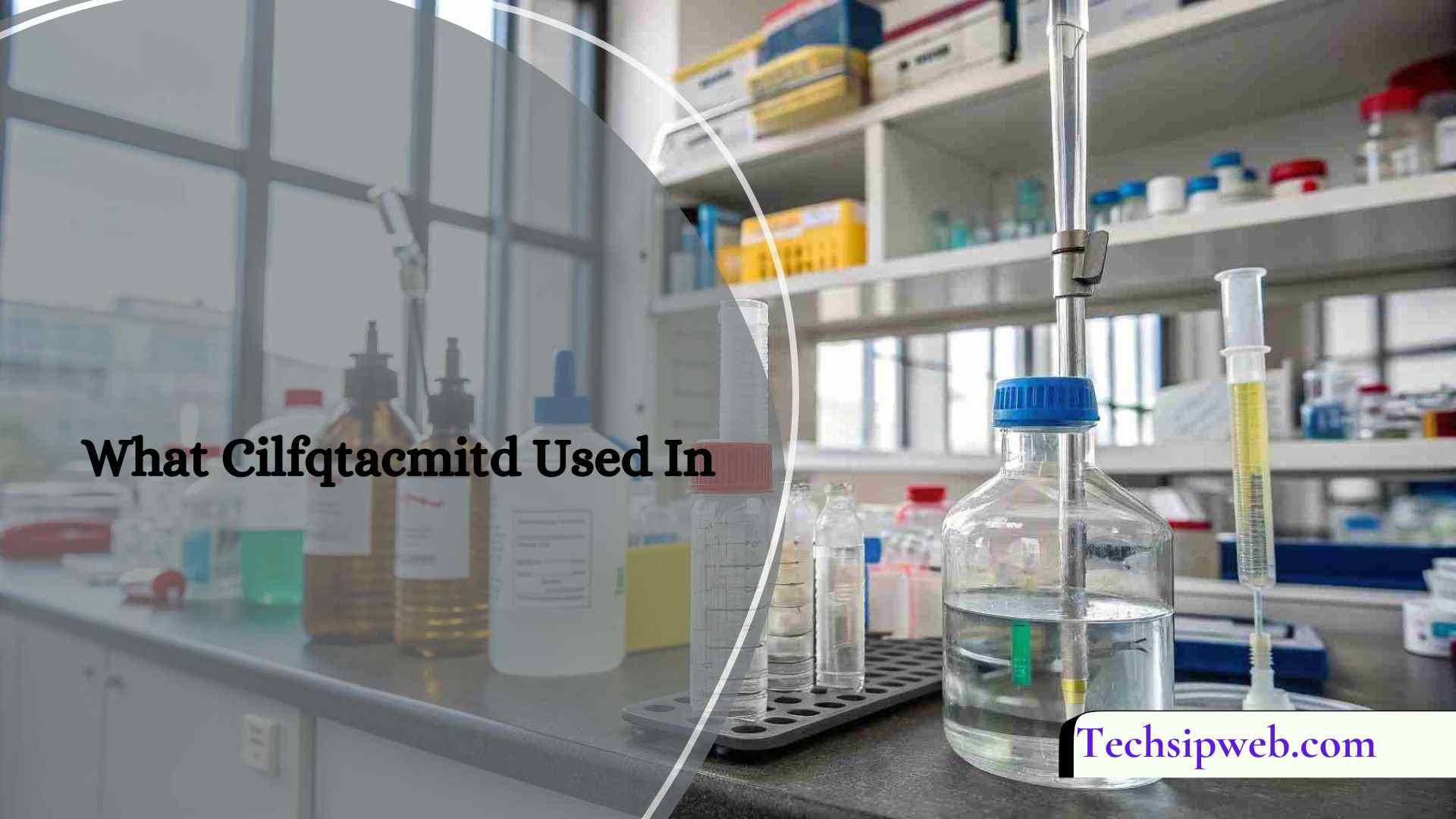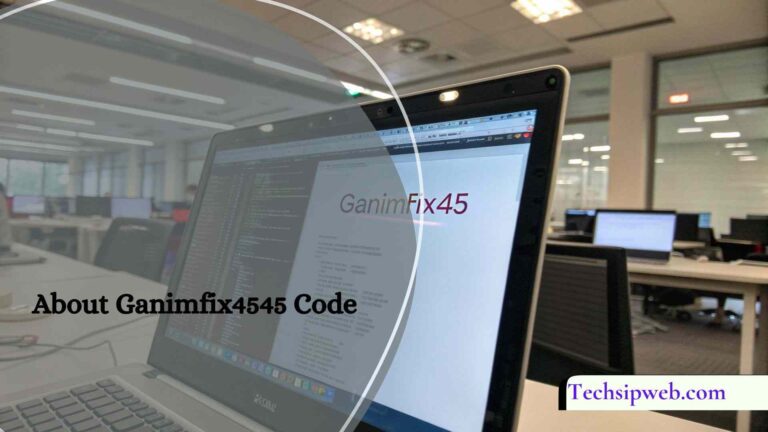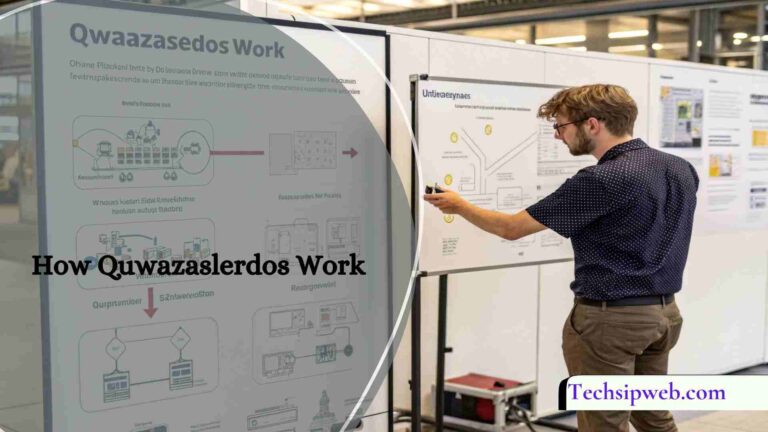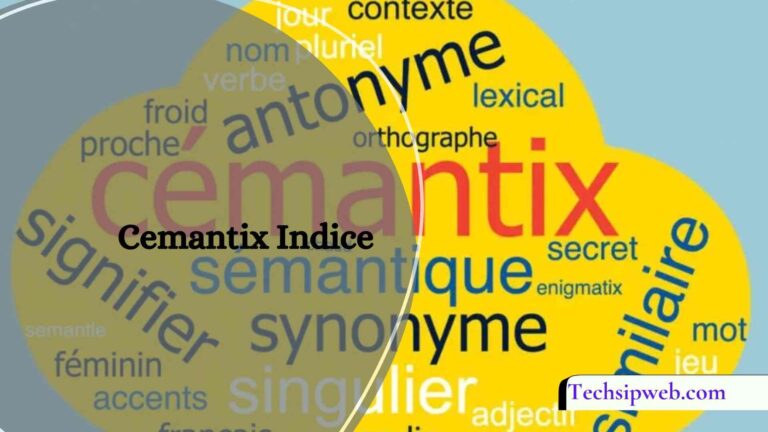Cilfqtacmitd is used in software, automation, and data systems. It helps things run faster, safer, and smarter. Many industries like healthcare and finance use it.
Stay with us to learn more about what Cilfqtacmitd is used in. We’ll share simple and helpful info soon. More easy tips and updates are coming!
Understanding Cilfqtacmitd: What Does It Mean?
Cilfqtacmitd is likely a technical acronym or framework title, with layered applications in digital environments. It’s not currently a mainstream term—making it either proprietary, academic, experimental, or an internal codename for a broader system.
A possible expansion of CILFQTACMITD might be:
“Centralized Integrated Logic Framework for Quality Testing and Advanced Component Management in Integrated Technical Development.”
In simpler terms, it likely refers to a multi-functional, centralized system that helps manage complex tech systems by ensuring quality, testing efficiency, and component organization—especially in distributed or high-stakes environments.
Key Components of Cilfqtacmitd (Assumed)
Understanding what Cilfqtacmitd does requires breaking down its likely components:
| Component | Function |
| Centralized Logic | Offers a unified core system to control logic rules and protocols. |
| Integration Support | Ensures seamless interaction across multiple systems or components. |
| Quality Testing Tools | Automates testing and evaluation to catch bugs or failures early. |
| Component Management | Organizes technical parts for deployment, scaling, or replacement. |
| Data Tracking | Logs actions and results for compliance, analytics, or audit purposes. |
What Is Cilfqtacmitd Used In? Expanded Applications Across Industries
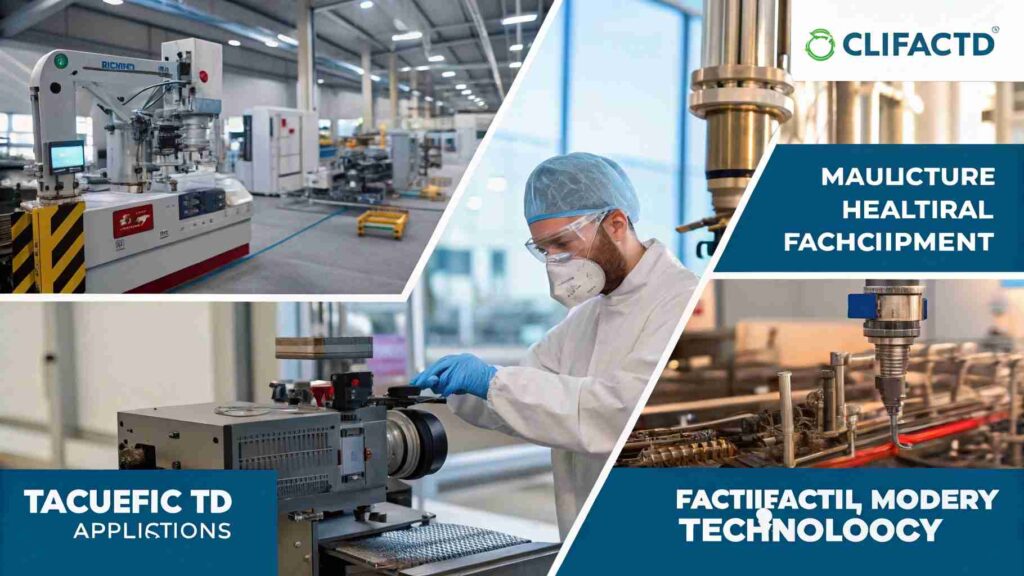
Let’s take a look at the diverse industries and use cases where a system like Cilfqtacmitd could be critical.
Software Development Pipelines
In complex CI/CD (Continuous Integration/Continuous Deployment) environments, Cilfqtacmitd might:
- Serve as a backbone for test orchestration.
- Manage dependencies and deployment triggers.
- Maintain version control and rollback integrity.
- Act as a middleware between DevOps tools and coding teams.
Similar Tools: Jenkins, GitLab CI/CD, CircleCI.
Cybersecurity Infrastructure
With cyberattacks becoming more sophisticated, security teams rely on frameworks like Cilfqtacmitd to:
- Simulate attack vectors (penetration testing).
- Manage firewall rules and intrusion detection systems.
- Test updates to ensure they don’t introduce vulnerabilities.
Related Areas: ethical hacking, penetration testing frameworks, zero-day patching.
AI & Machine Learning Operations (MLOps)
In the world of artificial intelligence, data drift, bias, and broken models are real problems. Cilfqtacmitd could help by:
- Ensuring training datasets pass through quality filters.
- Managing ML model versions in production.
- Monitoring real-time predictions for anomalies.
Emerging Trend: AI Model Governance and Explainability.
Internet of Things (IoT) Networks
IoT devices—from smart refrigerators to autonomous vehicles—need reliable communication. Cilfqtacmitd may be used in:
- Testing firmware across diverse hardware.
- Integrating cross-brand communication protocols.
- Managing over-the-air updates and diagnostics.
Smart Cities and Infrastructure Projects
For city-wide systems such as traffic management, waste tracking, and public lighting:
- Cilfqtacmitd can manage sensor networks.
- Ensure data pipelines don’t break under scale.
- Test predictive maintenance models for infrastructure.
Broader Context: Digital twins, urban AI systems.
Healthcare Technology
In highly regulated environments like healthcare, Cilfqtacmitd may be used to:
- Validate software for medical devices.
- Track compliance in electronic health record (EHR) systems.
- Coordinate updates across interconnected hospital tools.
Relevant Frameworks: HL7, FHIR, HIPAA-compliant architecture.
Cilfqtacmitd vs Traditional Tools
Here’s how Cilfqtacmitd stacks up against standard tools in various sectors:
| Feature | Cilfqtacmitd | Traditional Tools |
| Centralized Testing | ✅ | ❌ (often fragmented) |
| AI Readiness | ✅ | ❌ |
| Integration Flexibility | ✅ | ⚠️ Limited |
| Modular Scalability | ✅ | ⚠️ Often rigid |
| Compliance & Logging | ✅ | ⚠️ Requires add-ons |
Benefits of Using Cilfqtacmitd
Let’s explore why this framework (or one like it) is valuable:
Enhanced Automation
Save developer time by eliminating manual QA processes.
Improved Integration
Supports seamless interactions between otherwise incompatible systems.
Data-Driven Optimization
Enables real-time monitoring and intelligent feedback loops.
Compliance Management
Keeps technical workflows in line with industry regulations (GDPR, HIPAA, etc.).
Scalable Architecture
Whether you’re running a small app or a large enterprise network, Cilfqtacmitd adapts.
Security Implications
Security isn’t just about firewalls anymore—it’s about end-to-end system integrity.
- Cilfqtacmitd can audit components before they go live.
- Supports role-based access control (RBAC).
- Identifies shadow vulnerabilities in integrated systems.
Use Case Example: A smart banking app using Cilf Qtac Mitd might stimulate fraud attacks to improve detection systems.
Real-World Use Case: Cilfqtacmitd in Smart Manufacturing
Imagine a factory using AI-driven robots, cloud analytics, and IoT sensors. Here’s how Cilfqtacmitd might help:
- Monitors robot performance in real-time.
- Integrates predictive maintenance systems.
- Tests AI decisions before full deployment.
- Ensures compliance with safety regulations.
This means fewer breakdowns, reduced downtime, and improved worker safety.
FAQ’s
1. Can Cilfqtacmitd Be Used in Legacy System Integration?
Yes, Cilfqtacmitd can be adapted to support legacy systems by acting as a middleware layer that standardizes communication protocols, handles data conversions, and manages system interactions—making older software compatible with modern environments without a complete overhaul.
2. How Does Cilfqtacmitd Handle Real-Time Data Processing?
Cilfqtacmitd is designed for real-time operations, using asynchronous processing and event-driven architecture to ensure minimal latency. It can manage streaming data for analytics, alerts, or AI inference, making it suitable for sectors like finance, manufacturing, and smart transportation.
3. What Are the Deployment Options for Cilfqtacmitd?
Deployment options for Cilfqtacmitd may include cloud-native environments (AWS, Azure, GCP), on-premise servers, hybrid architectures, and even edge devices. This flexibility makes it scalable for both startups and enterprises.
4. Is Cilfqtacmitd Open-Source or Proprietary?
While Cilfqtacmitd may resemble open-source frameworks, its availability depends on its origin. If developed internally or by a private organization, it may be proprietary. However, an open-source version could exist or be released in the future for community collaboration.
5. Can Cilfqtacmitd Help with Regulatory Compliance in Finance or Healthcare?
Absolutely. Cilfqtacmitd can log data trails, enforce process checks, and conduct audit-ready tests. These features help businesses meet regulatory standards like HIPAA, SOX, or GDPR, ensuring accountability and compliance in sensitive industries.
Conclusion:
In conclusion, Cilfqtacmitd is a powerful tool used in many fields like software, automation, and data systems. It helps improve speed, safety, and smart decision-making. Whether for small tasks or big projects, it makes work easier and smarter. It’s truly a game-changer in modern technology.
